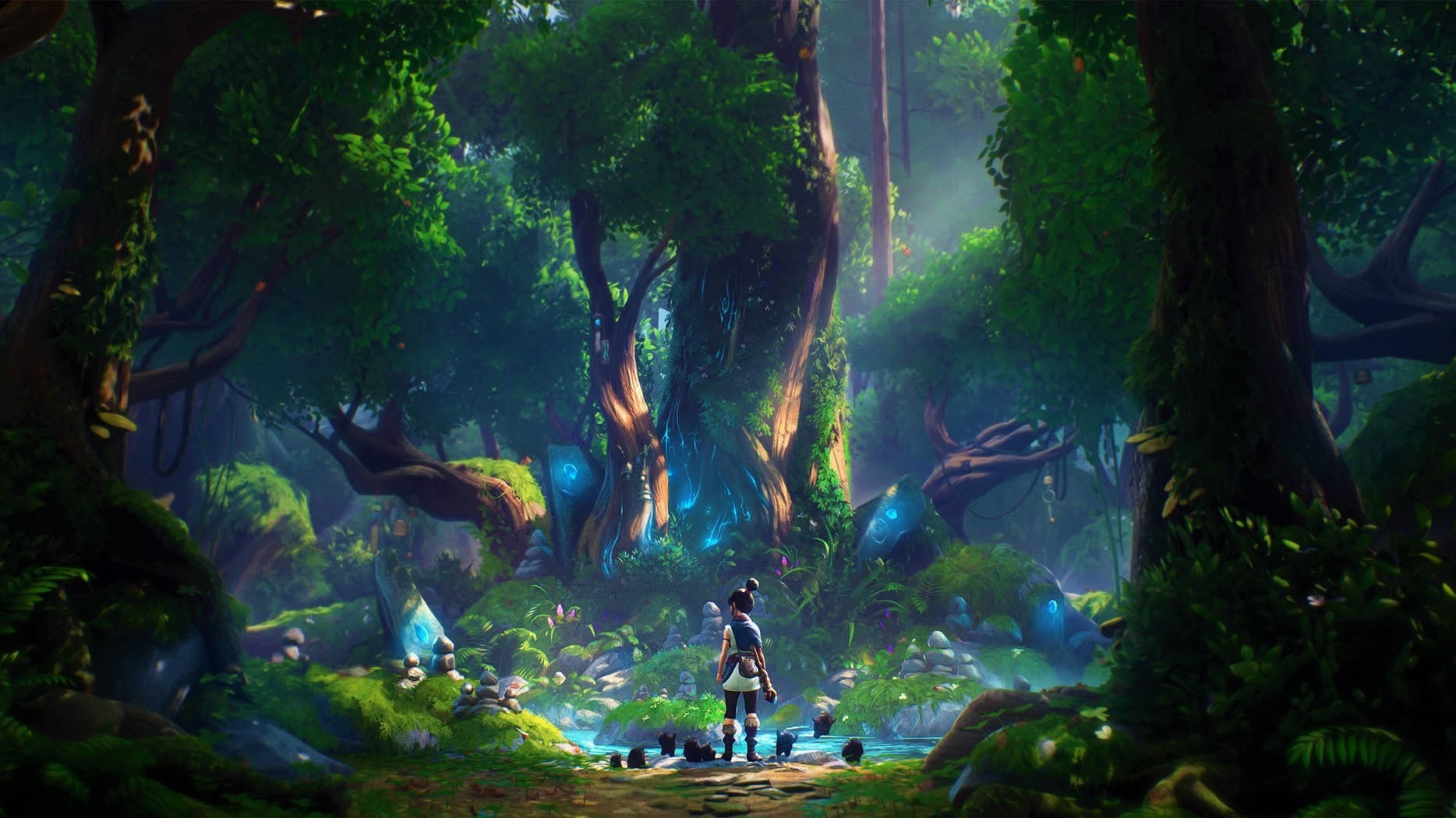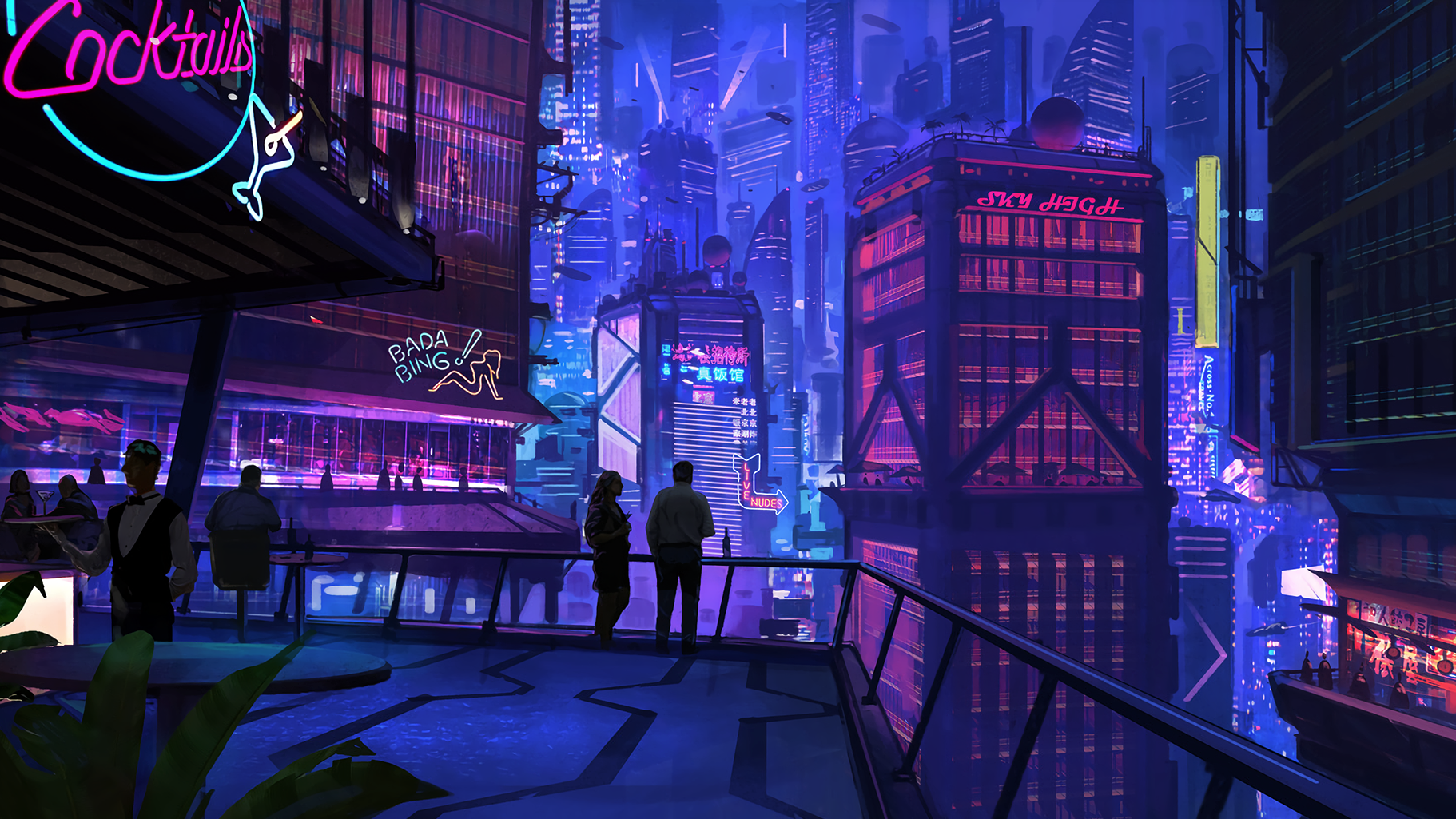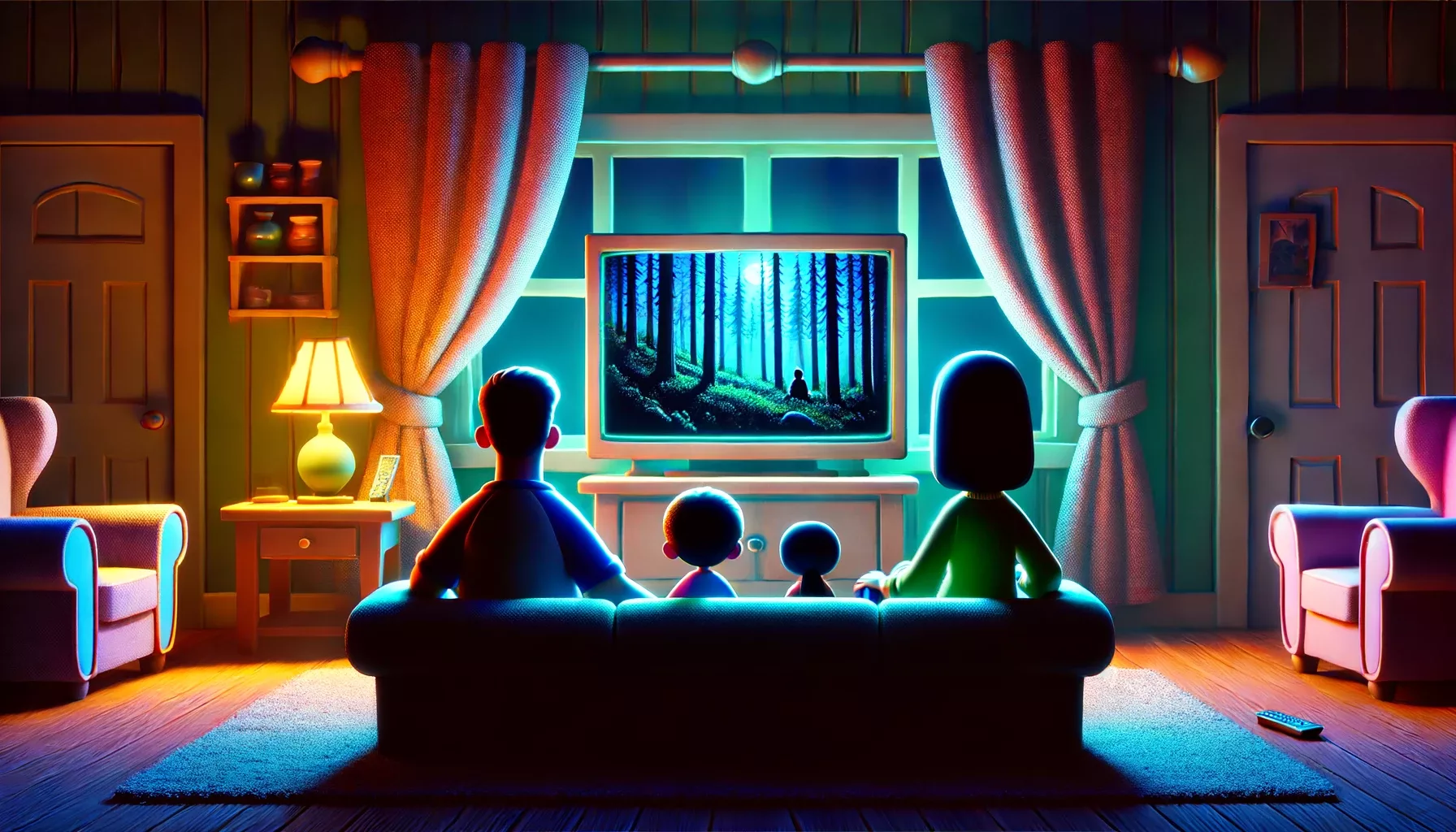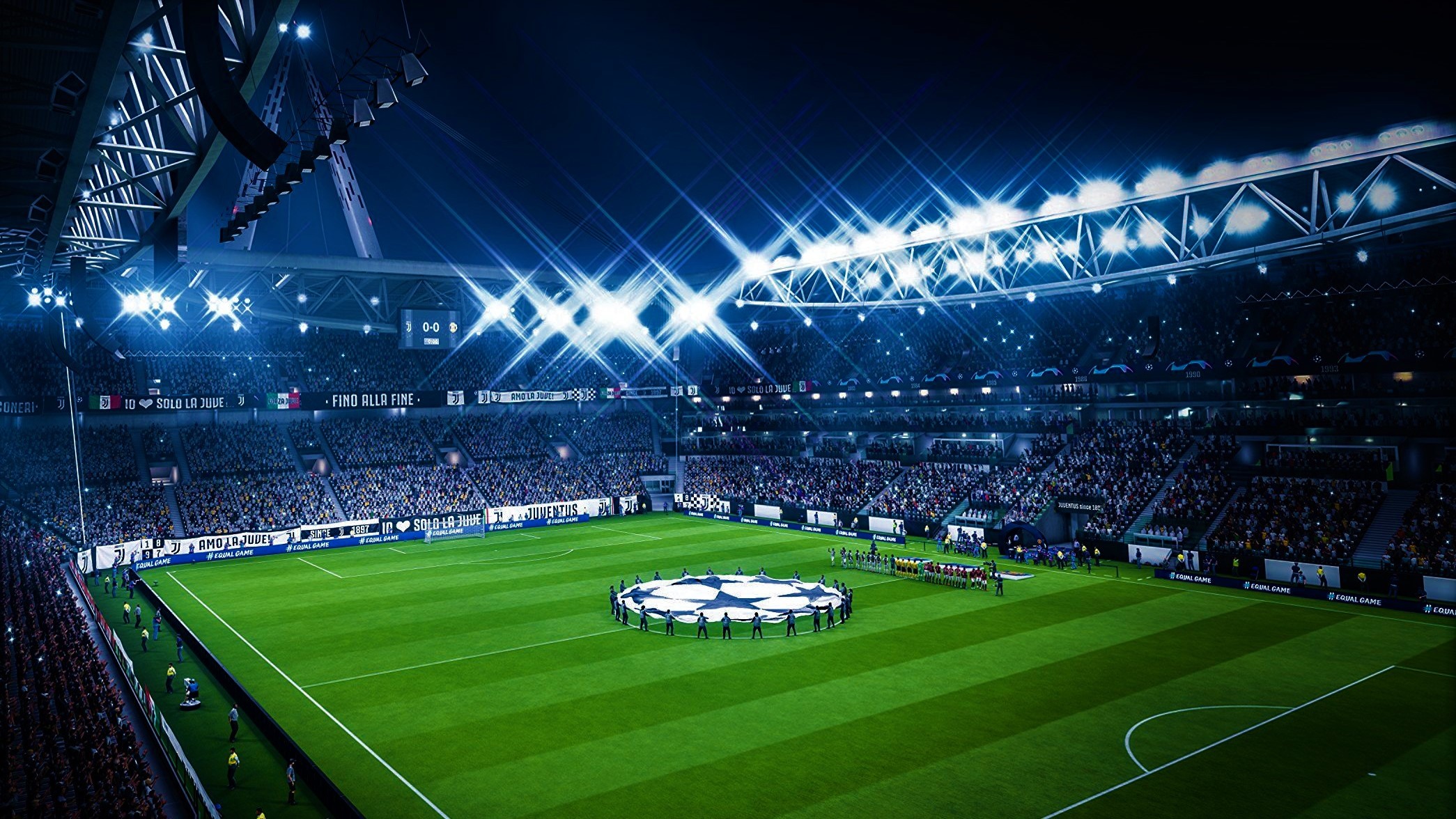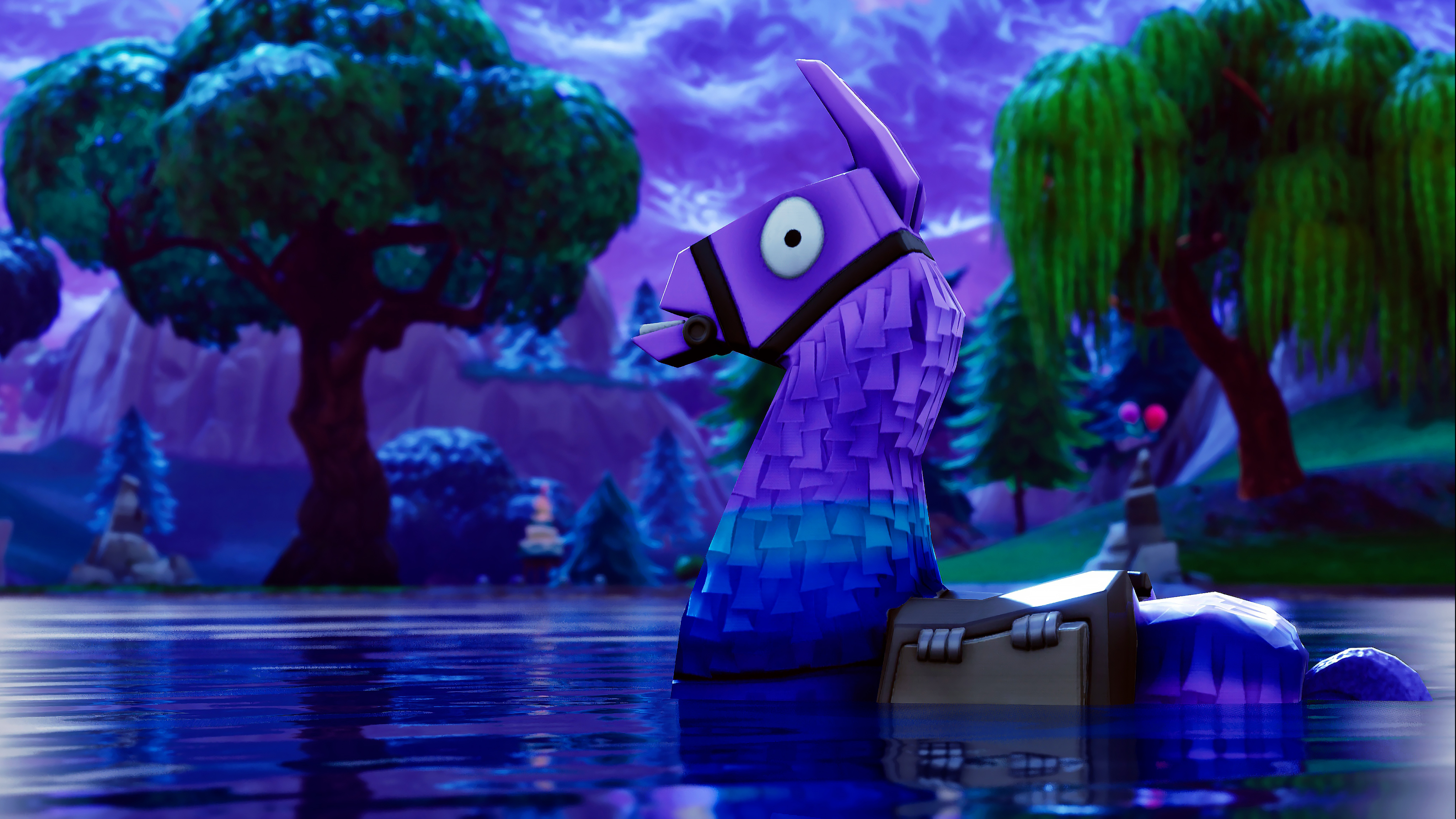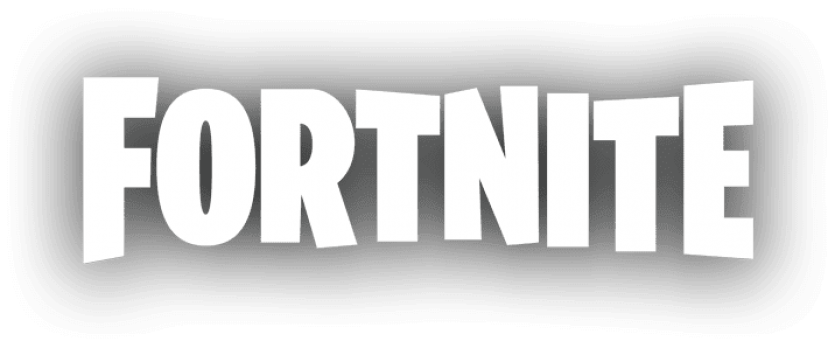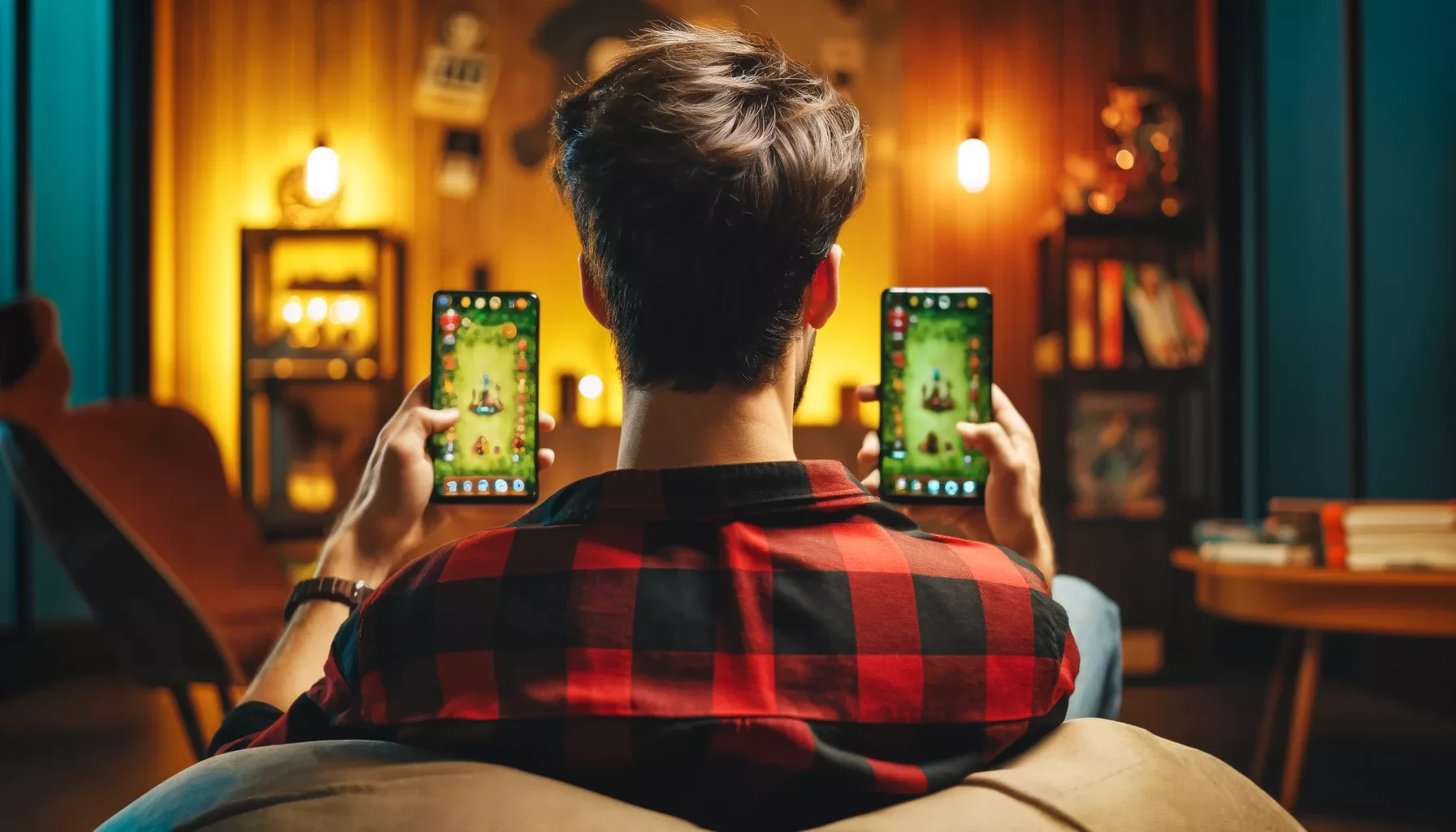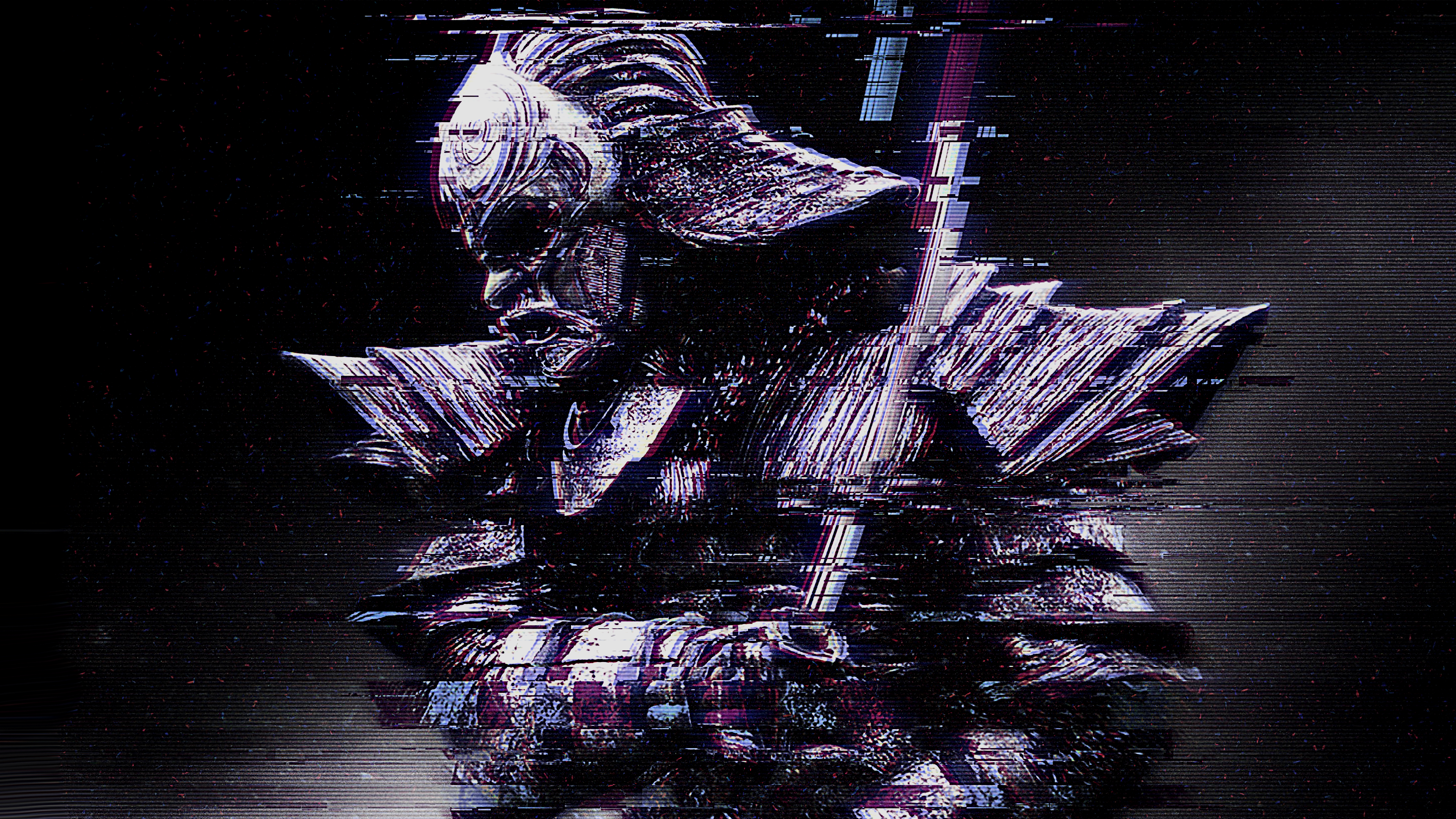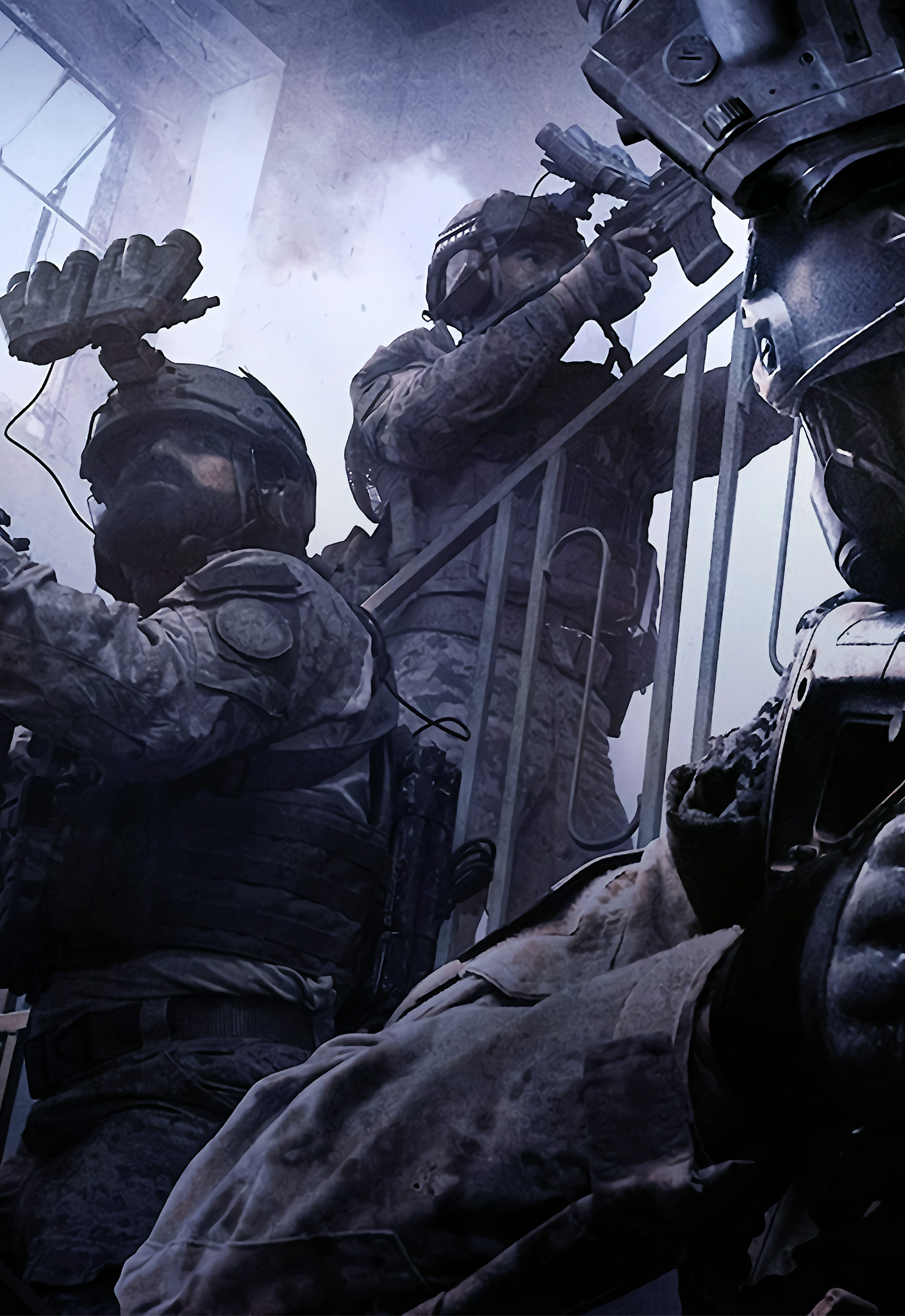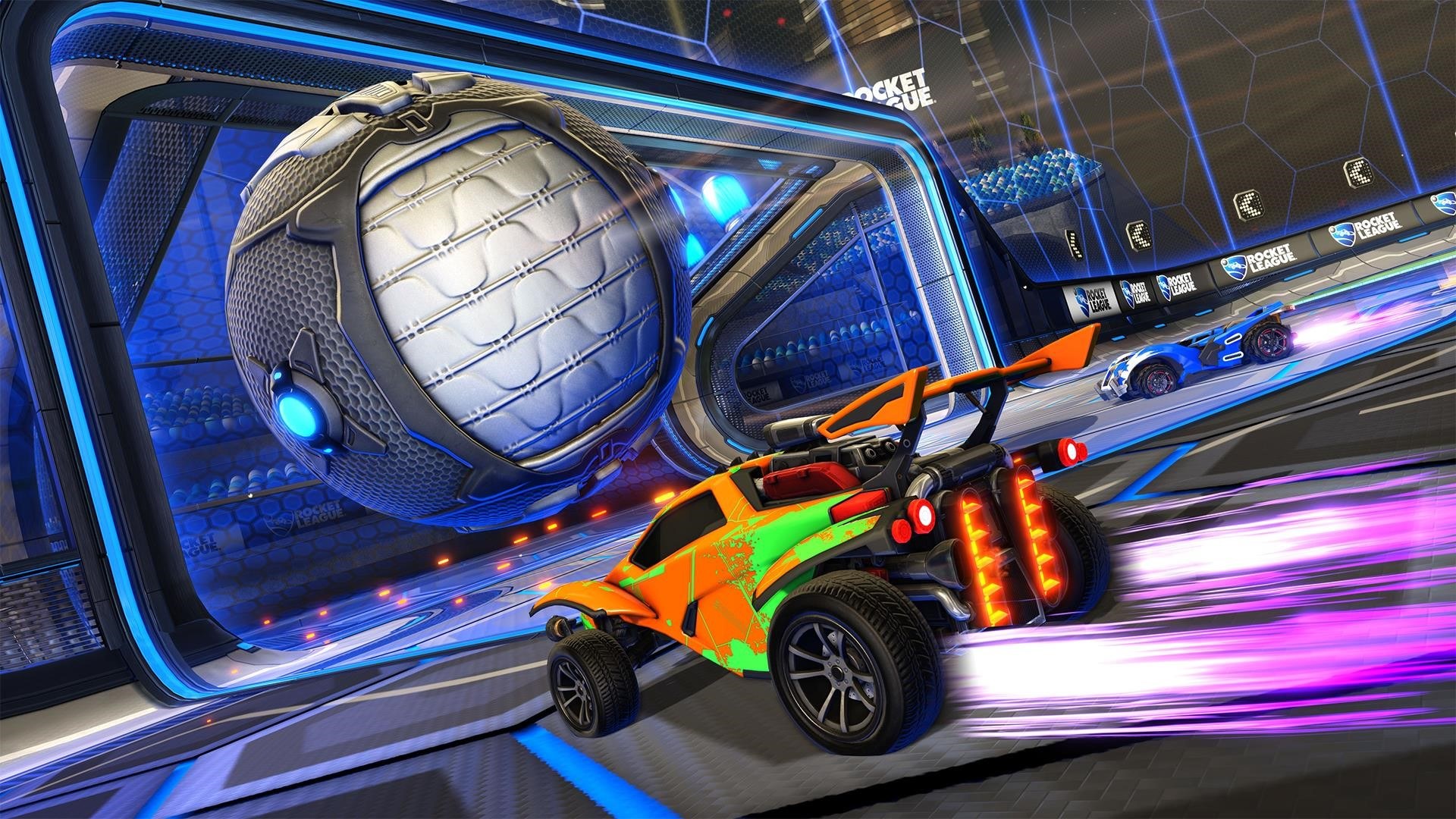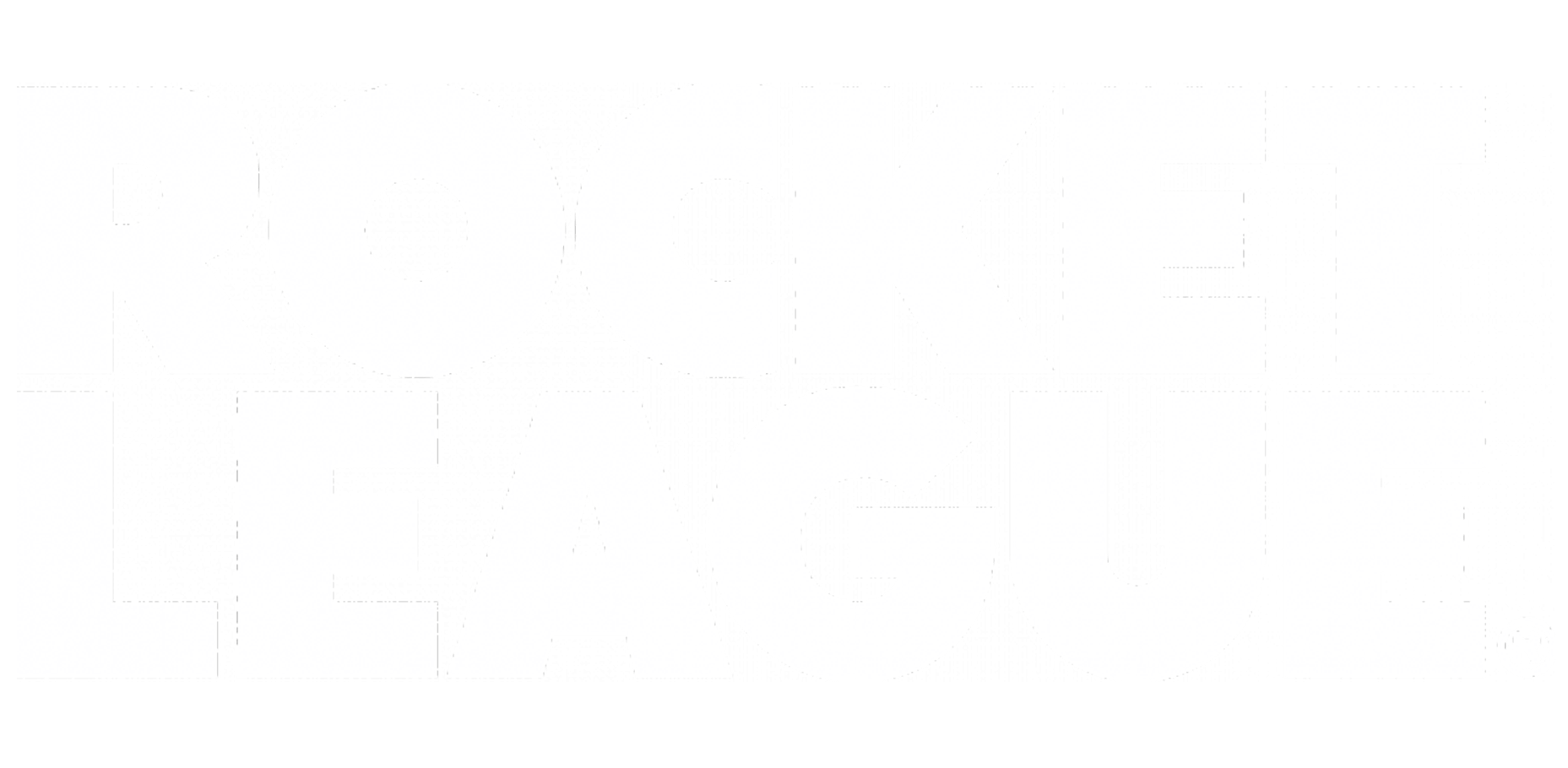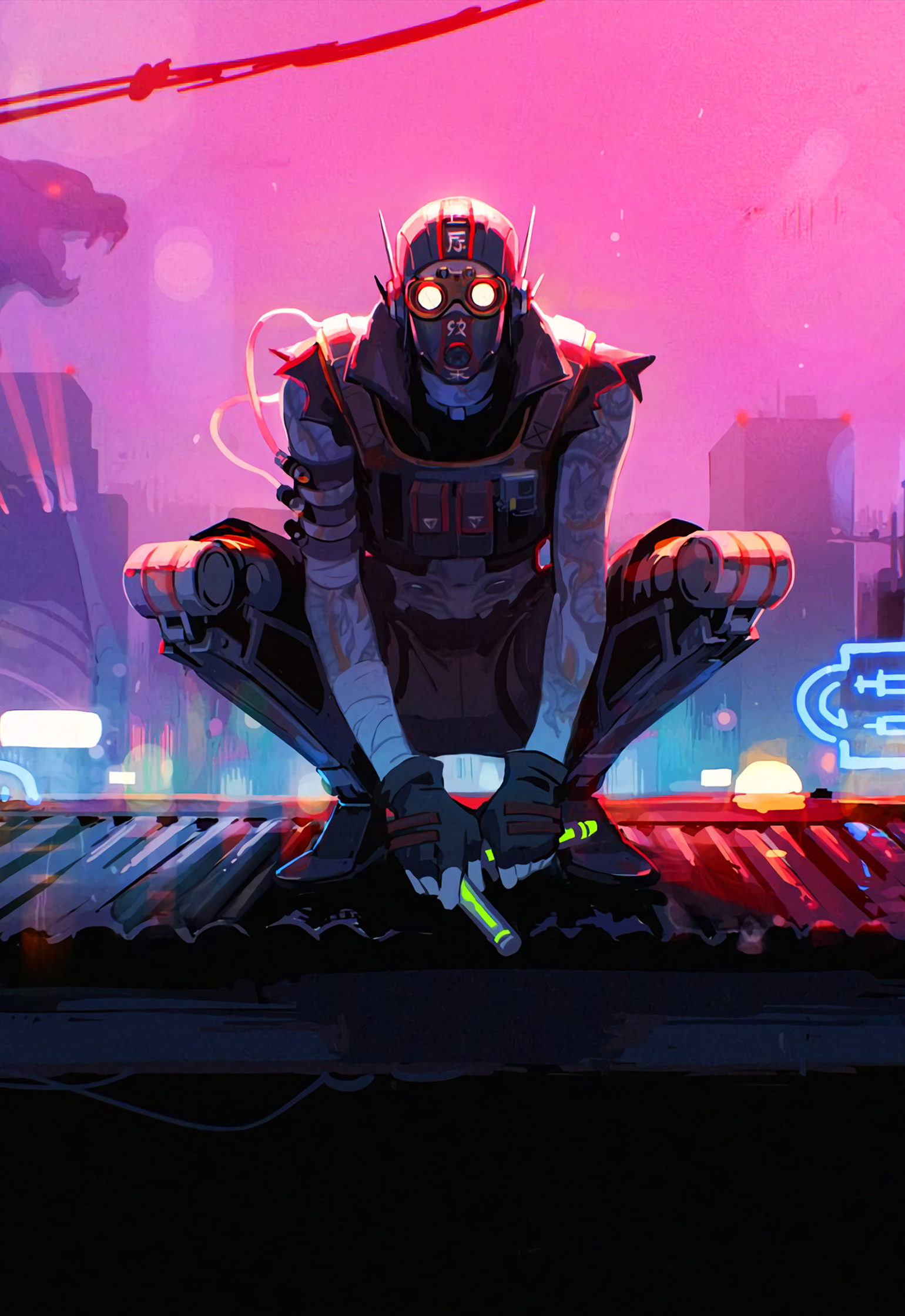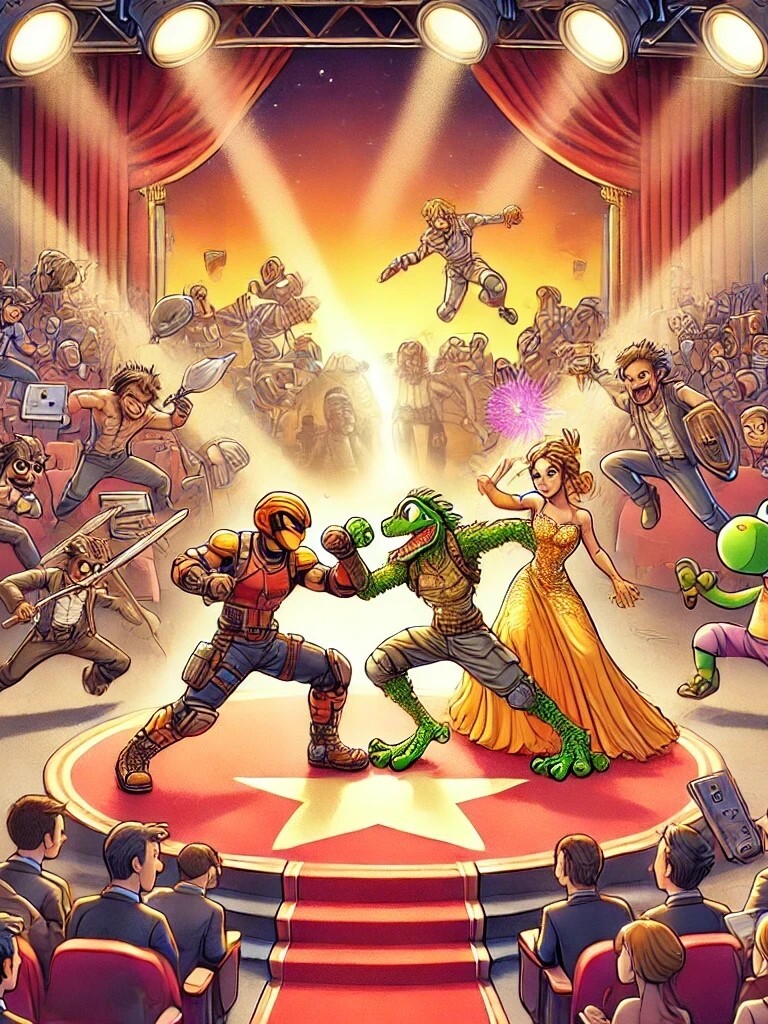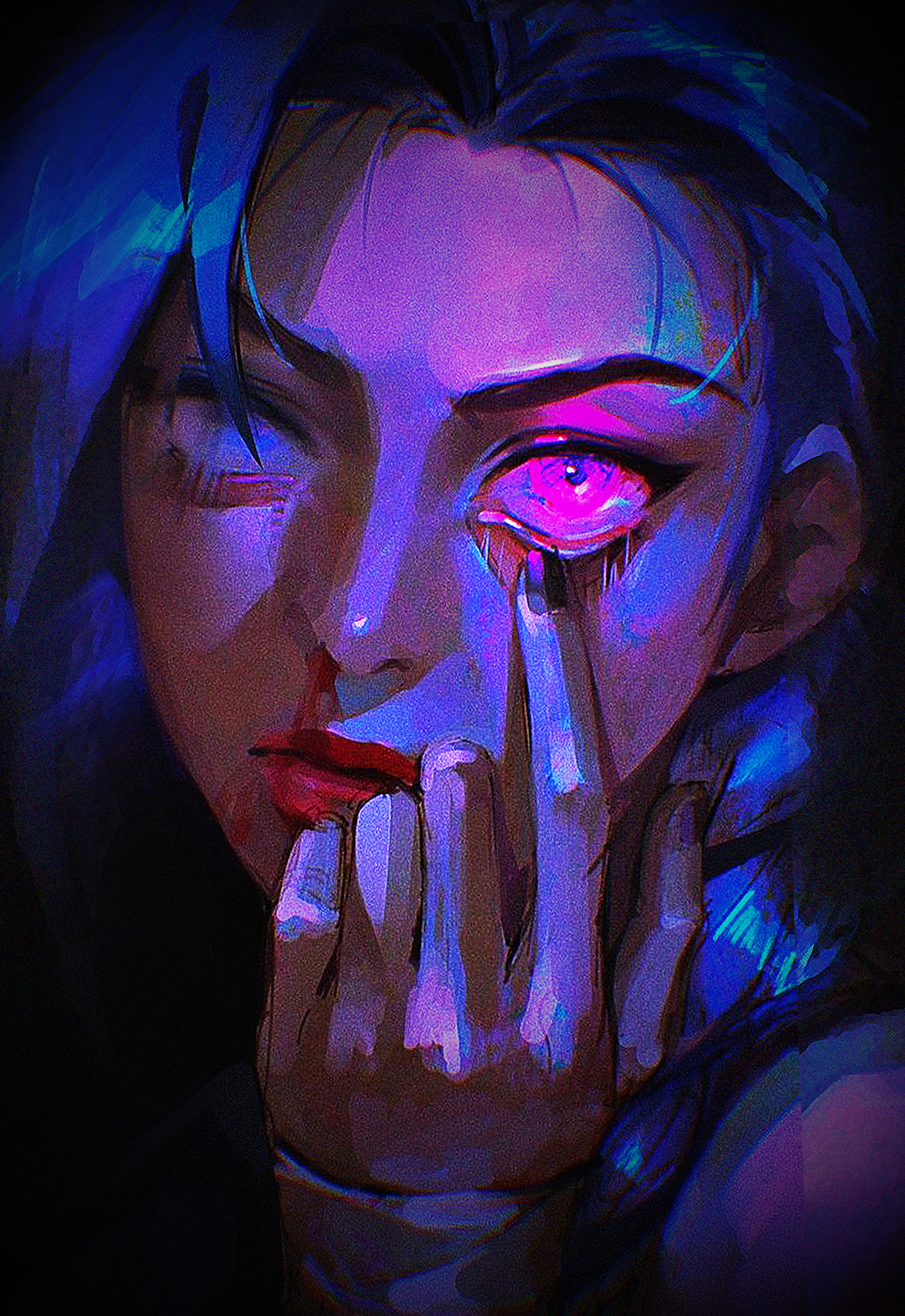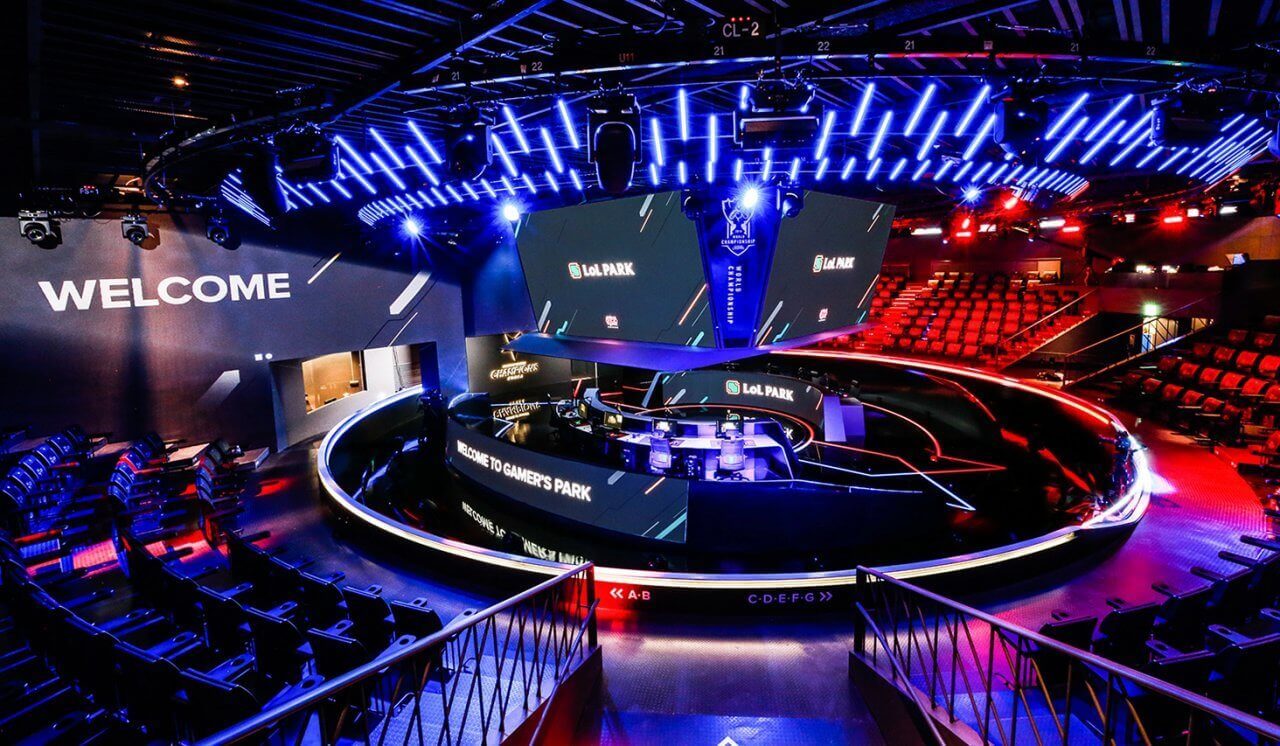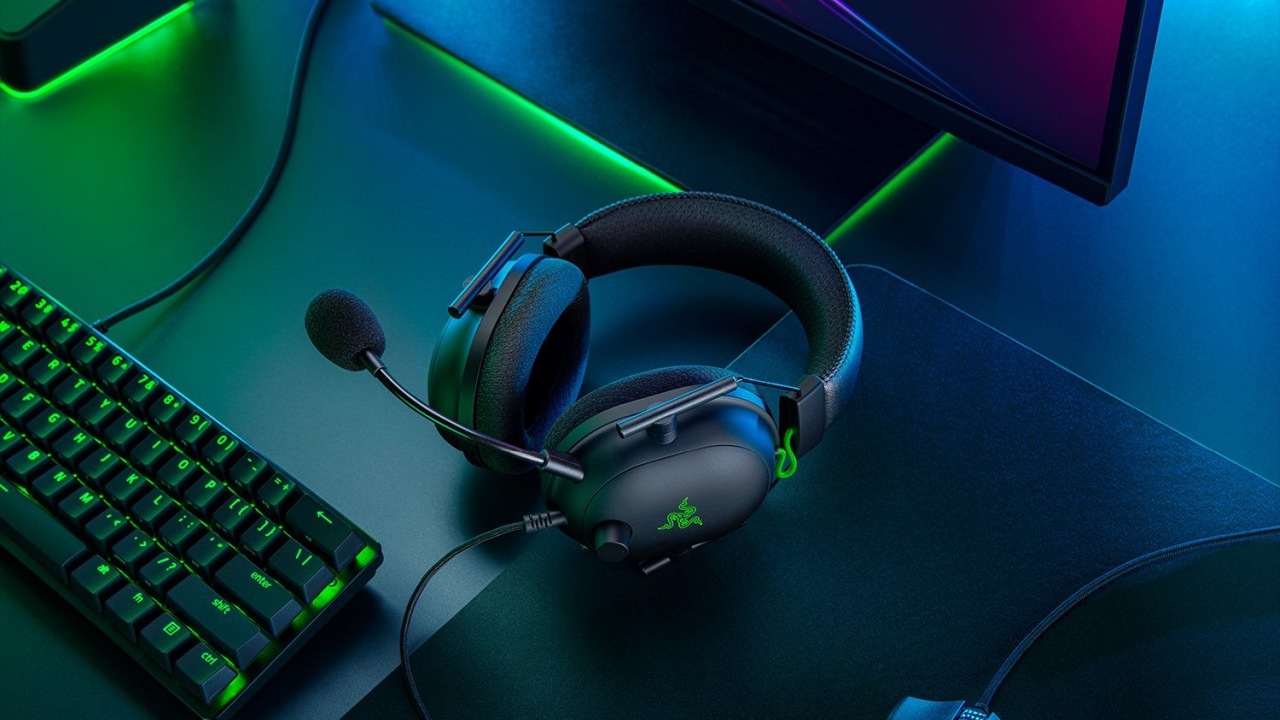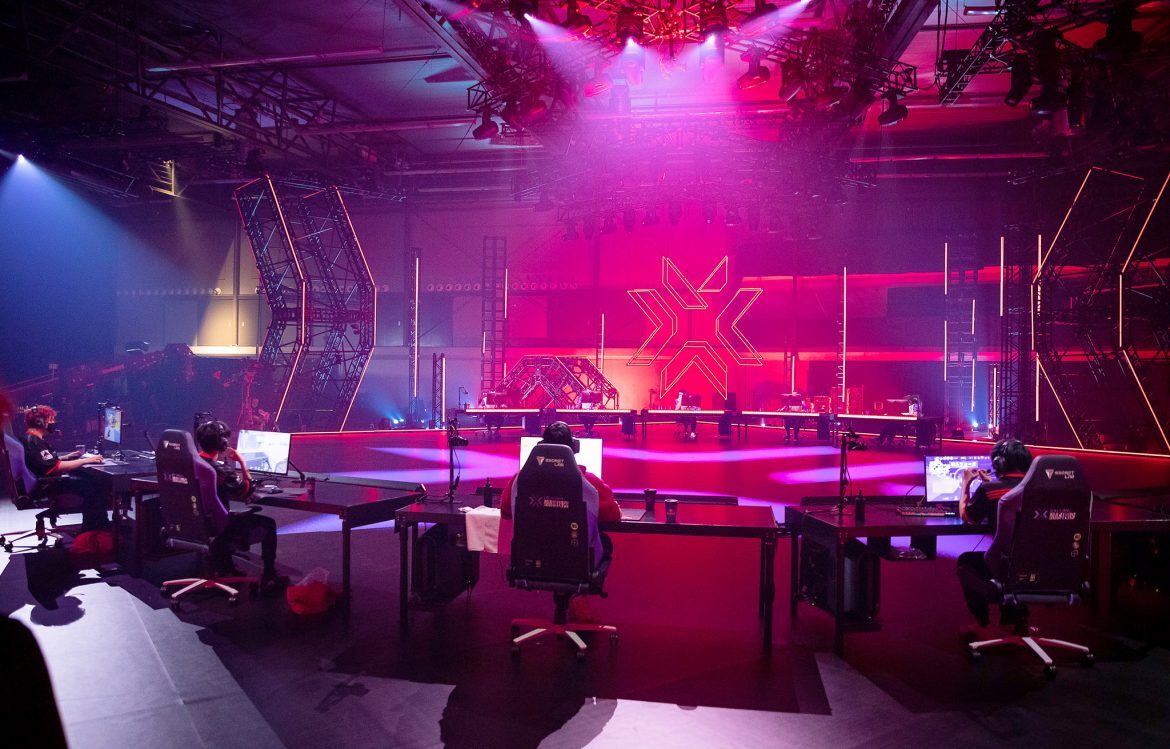A game which was somehow just as weird, despite not even featuring Rayman.
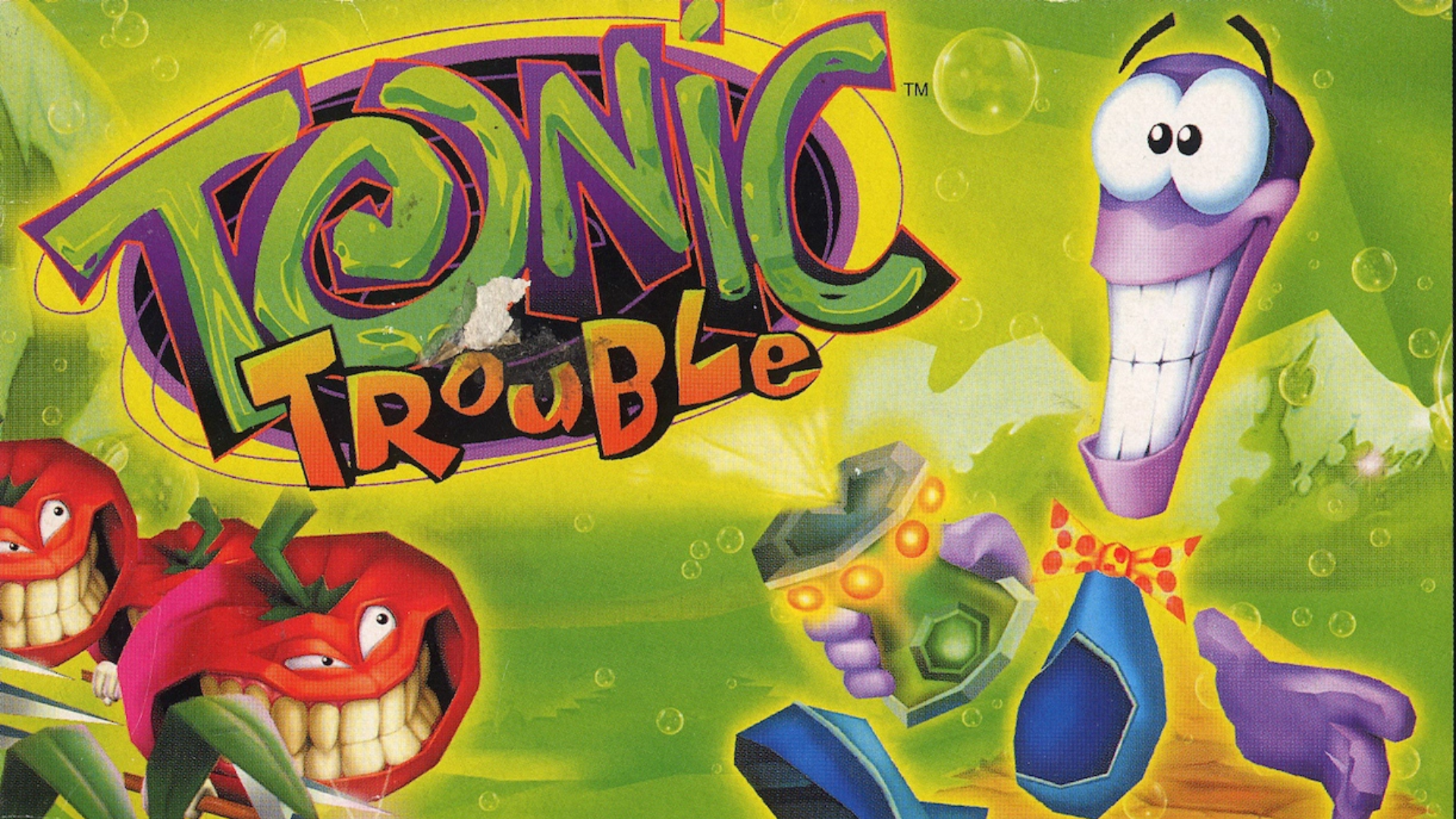
At first, one may expect the answer to the question of "What came before Rayman 2?" to be a very simple one, seeing as Ubisoft's former mascot franchise began with Michel Ancel's simply-titled Rayman in 1995.
However, the first Rayman was a 2D platformer, whereas Rayman 2: The Great Escape (1999) took the leap into the third dimension. For doing so, Rayman 2 could rely on the template established by another, very similar title which has mostly fallen into obscurity since.
A Platforming Milestone
The first Rayman (1995) introduced players to a colorful 2D platforming world where the titular limbless hero would run, jump and fire his detachable fist to free his friends. The outstanding art style and whimsical design helped it stand out among platformers of its era, making the game a commercial success and paving the way for Rayman to turn into a franchise.
Development for Rayman 2 initially began as a 2D side-scroller much like its predecessor, with early concept art showing a continuation of the same aesthetic. However, Ubisoft soon shifted toward 3D design as the industry evolved, experimenting with environments, mechanics, and technology. This pivot eventually resulted in a full reimagining of the project.
When it released in October 1999, the game would cast its protagonist against Robo-Pirates threatening to enslave his world, making for a way darker narrative. Gameplaywise, the title combined free-roaming 3D platforming with action, exploration, and puzzle-solving. Its fluid controls and cinematic presentation quickly established it as the landmark in 3D platforming it is still considered as today, with sequels and remakes quick to follow.
An Experimental Project
Notably however, this success would've never been possible if it weren't for another Ubisoft title laying the groundwork beforehand: Tonic Trouble began as an experimental project conceived by Ancel within Ubisoft Montreal in 1996, envisioned as a way to test 3D gameplay concepts long before they were fully implemented in Rayman 2. Its premise of a quirky, limbless hero navigating a surreal world echoed Rayman, but with a more slapstick tone.
Developing such a project was fairly ambitious at the time, requiring experimentation with proprietary 3D engines. Developers faced persistent technical hurdles, from camera control issues to difficulties in optimizing levels for smooth performance across platforms like the Nintendo 64 and PC. These obstacles not only slowed progress but also demanded repeated redesigns of mechanics and environments between 1996 and 1998.
Tonic Trouble was first announced to the public in 1997 with an intended release that same year, but the project was continously delayed due to the above-mentioned technical issues. It finally launched in August 1999, serving both as a proving and testing ground for Ubisoft's 3D ambitions and a companion piece to the larger project that would follow.
Another Limbless Hero
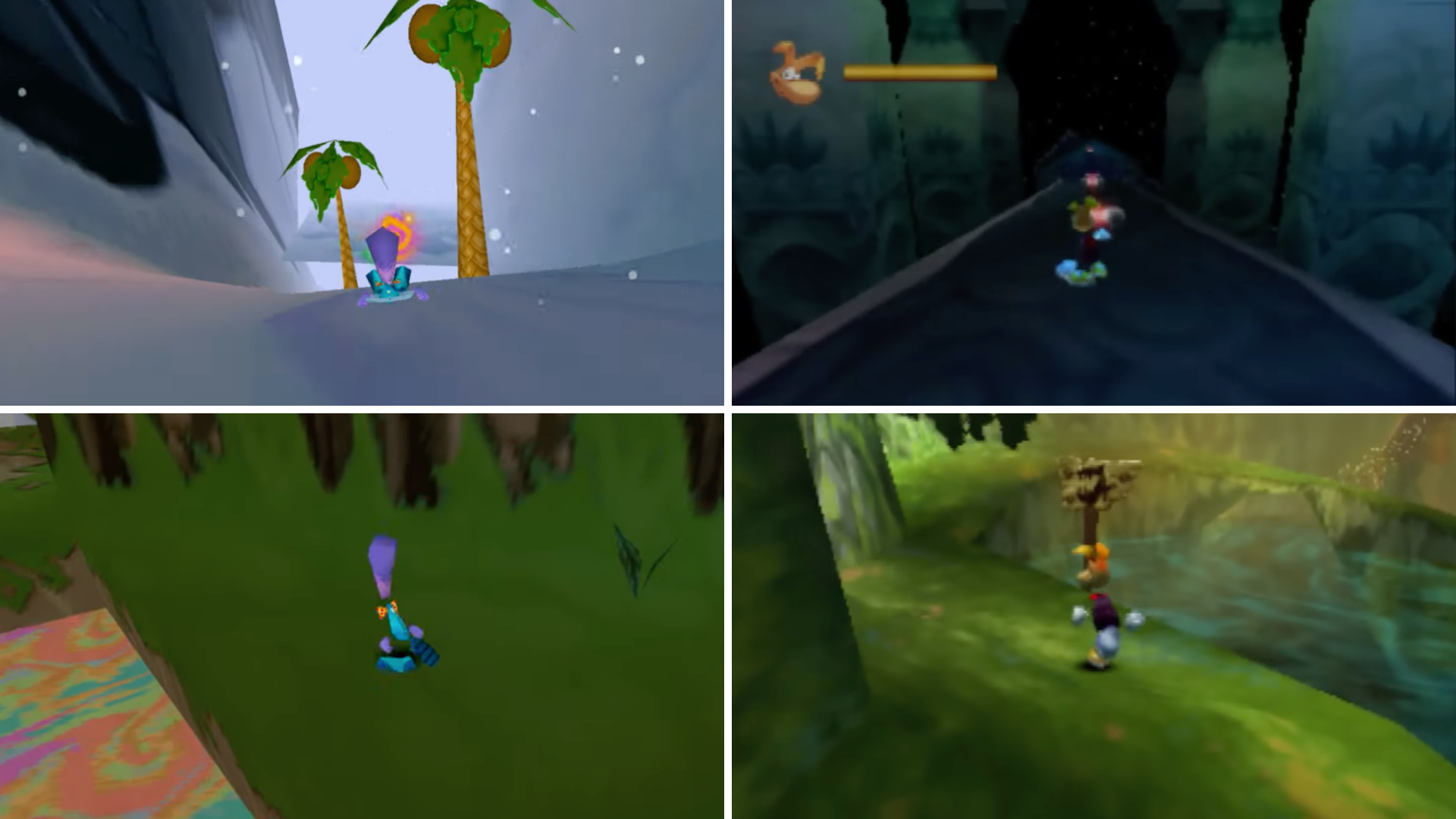
Upon release, the game generally followed the emerging 3D platforming formula of the late 1990s, with players exploring expansive environments, collecting items, and solving puzzles to progress. Combat was present but secondary to traversal and exploration, something that was intended to frame Tonic Trouble as more of an adventure game compared to Rayman 2's action.
The plot centered on Ed, a clumsy space janitor who accidentally spilled a powerful tonic onto Earth, transforming the environment into a bizarre, cartoonish wasteland, along with allowing antagonist Grögh to swallow some of it to gain superpowers. While there are some differences between the N64 and PC versions, the story is generally more lighthearted than that of Rayman 2.
For achieving his goal, Ed can make use of creative gadgets, his own super transformation and unlockable abilties, for example a pea shooter and hovering mechanics, which would also return in the game it helped inspire. Both titles shared a focus on quirky worlds and imaginative level design, though Rayman 2 streamlined the formula into a more polished experience.
A Forgotten Adventure
While it likely would've been viewed as a technical marvel had it actually released in 1997, Tonic Trouble felt somewhat outdated upon its release in late 1999. It received mixed reviews from critics, who praised its ambition, humor and style, but noted technical shortcomings and uneven gameplay. Commercially, the game sold modestly, never becoming the breakout success Ubisoft probably hoped for when they greenlit the 120-person-strong team to work on it.
Rayman 2: The Great Escape would end up releasing only shortly after and was received way better in comparison, with its elaboration on the mechanics of Tonic Trouble aiding its status as one of the best 3D platformers of its generation. Its success solidified Rayman as a flagship franchise for Ubisoft and marked a turning point for the studio's international reputation.
In the years that followed, Ed's adventures largely fell into obscurity, with Ubisoft treating them as a curious side project rather than a core property. No sequels, spin-offs or rereleases were ever developed, something Ubisoft are usually quite fond of. Despite this, the game retains a niche cult status as an experimental stepping stone toward what made Rayman 2 a classic.
